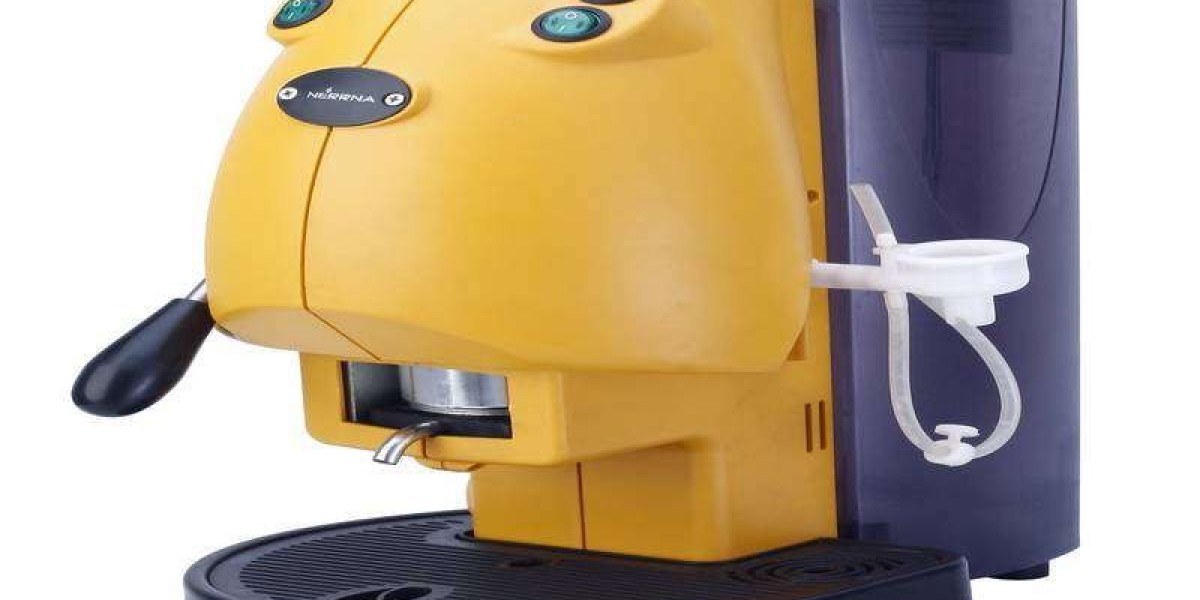Introduction
Coffee has been an integral part of human culture for centuries, providing a source of comfort, energy, and social interaction. In recent years, the convenience and efficiency of coffee pods have revolutionized how people consume this beloved beverage. Coffee pods, also known as coffee capsules, are single-serving containers filled with ground coffee, designed for use with specific brewing machines. This guide delves into the world of coffee pod manufacturing, exploring the processes, technologies, and considerations that define this dynamic industry.
The Rise of Coffee Pods
The advent of coffee pods can be traced back to the early 1990s when Nestlé's Nespresso system first hit the market. Since then, the popularity of coffee pods has soared, driven by the demand for quick, consistent, and high-quality coffee. The convenience of coffee pods—eliminating the need for measuring, grinding, and brewing—has made them a favorite in homes and offices worldwide.
Types of Coffee Pods
There are several types of coffee pods, each catering to different brewing systems and consumer preferences:
- Single-Serve Pods: Designed for single-serve coffee makers, these pods are sealed containers that maintain coffee freshness and are disposed of after one use.
- Soft Pods: Also known as coffee pads, these are similar to tea bags and are used in specific pod machines.
- Hard Pods: These are pre-measured coffee grounds packed in a round disc, typically used in espresso machines.
- Reusable Pods: An environmentally friendly alternative, these pods can be refilled with coffee grounds and used multiple times.
The Manufacturing Process
Manufacturing coffee pods involves several critical steps to ensure the final product meets quality and safety standards. Here is a detailed overview of the process:
Coffee Selection and Roasting
- Selection: Quality coffee pod production begins with selecting high-grade coffee beans. Factors like bean origin, type, and blend play crucial roles in determining the flavor profile.
- Roasting: The selected beans undergo roasting, a process that brings out the desired flavors and aromas. Roasting profiles vary depending on whether the coffee is intended for espresso or drip brewing.
Grinding
- After roasting, the coffee beans are ground to a specific consistency. The grind size is crucial as it affects the extraction process during brewing. For instance, espresso pods require a fine grind, while drip coffee pods need a coarser grind.
Filling and Sealing
- Filling: The ground coffee is precisely measured and filled into the pods. Advanced machinery ensures consistency in weight and distribution, crucial for achieving uniform flavor.
- Sealing: The filled pods are then sealed to maintain freshness. The sealing process involves placing a lid on the pod and ensuring it is airtight. Materials used for the pods and lids vary but often include plastic, aluminum, or biodegradable materials.
Packaging
- Once sealed, the pods are packaged in boxes or sleeves. Packaging not only serves a protective function but also plays a significant role in marketing and brand recognition. Many manufacturers opt for sustainable packaging solutions to reduce environmental impact.
Quality Control
- Quality control is paramount in coffee pod manufacturing. This involves rigorous testing at various stages—from bean selection to the final product. Tests may include sensory evaluations, machine compatibility checks, and ensuring the absence of contaminants.
Technologies in Coffee Pod Manufacturing
Modern coffee pod manufacturing relies on advanced technologies to enhance efficiency, quality, and sustainability. Key technologies include:
- Automation: Automated machinery is used for roasting, grinding, filling, sealing, and packaging. Automation reduces human error, increases production speed, and ensures consistency.
- Precision Grinding Machines: These machines allow manufacturers to control the grind size with high accuracy, essential for producing coffee with the desired flavor profile.
- Sealing Technology: Innovative sealing methods ensure pods are airtight, preserving the coffee's freshness and preventing contamination.
- Sustainability Solutions: Technologies focusing on biodegradable materials and energy-efficient processes are becoming more prevalent, addressing environmental concerns associated with coffee pods.
Considerations for Coffee Pod Manufacturers
Manufacturers must consider several factors to succeed in the competitive coffee pod market:
- Quality Control: Maintaining high standards throughout the production process is essential for producing a superior product.
- Sustainability: As consumers become more environmentally conscious, manufacturers must adopt sustainable practices. This includes using eco-friendly materials and minimizing waste.
- Regulatory Compliance: Adhering to food safety regulations and standards is crucial to avoid legal issues and ensure consumer safety.
- Innovation: Continuous innovation in flavors, brewing technologies, and packaging can help manufacturers stay ahead in the market.
- Market Trends: Staying attuned to market trends, such as the growing preference for specialty coffee and single-origin beans, can guide product development and marketing strategies.
Leading Coffee Pod Manufacturers
Several companies have established themselves as leaders in the coffee pod manufacturing industry. Some of the notable names include:
- Nestlé Nespresso: A pioneer in the industry, Nespresso offers a wide range of coffee pods and machines, known for their quality and variety.
- Keurig: Known for its K-Cup pods, Keurig has a significant presence in the North American market, offering a diverse selection of beverages.
- Lavazza: An Italian coffee company, Lavazza produces high-quality espresso pods and machines, catering to both home and professional use.
- Tassimo: Owned by Jacobs Douwe Egberts, Tassimo offers a unique brewing system that reads barcodes on the pods to adjust brewing parameters.
The Future of Coffee Pod Manufacturing
The future of coffee pod manufacturing looks promising, with several trends shaping the industry:
- Sustainability: The push for eco-friendly pods will likely continue, with innovations in biodegradable and compostable materials.
- Customization: Personalized coffee experiences, where consumers can select specific blends and flavors, are expected to grow.
- Smart Technology: Integration of smart technology in coffee machines, allowing for remote operation and customization, is on the rise.
- Expansion of Varieties: The range of available coffee pod flavors and types will expand, catering to diverse consumer preferences.
Conclusion
Coffee pod manufacturing is a complex and evolving industry, driven by consumer demand for convenience, quality, and sustainability. By understanding the intricate processes, technologies, and market dynamics, manufacturers can continue to innovate and thrive in this competitive landscape. As the industry progresses, the focus on sustainability and customization will likely redefine how coffee lovers around the world enjoy their daily brew.







